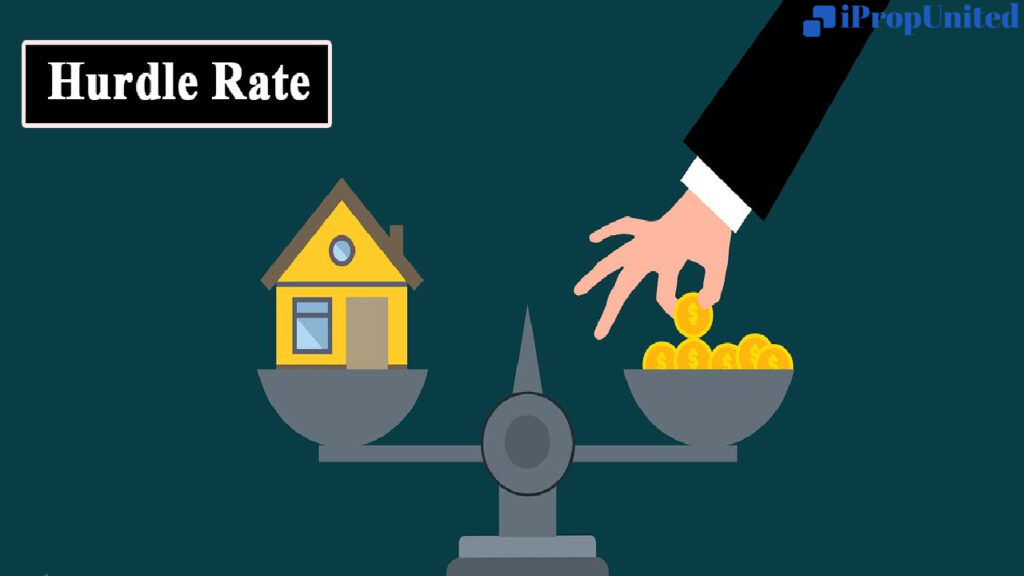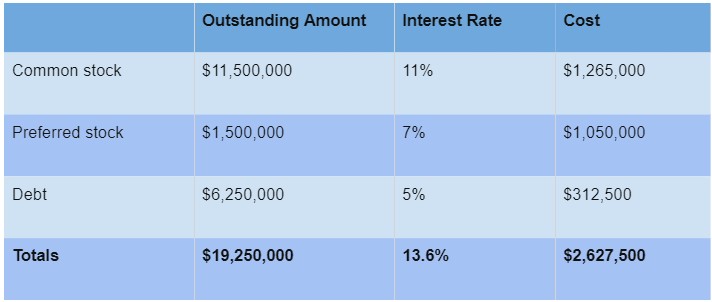Introduction
A hurdle rate refers to the minimum rate of return that a manager or investor expects from a specific project or investment. This allows companies to make informed decisions about whether or not to embark on a particular project or invest in a particular asset. It is a crucial tool for evaluating investment opportunities and ensuring that they are financially viable.

Understanding Hurdle Rate
When making decisions about future projects or investments, businesses must carefully consider hurdle rates. The hurdle rate represents the minimum rate of return that a company expects from an investment in order to justify the associated risk. If the expected rate of return is greater than the hurdle rate, then the investment is deemed acceptable. However, if the rate of return falls below the hurdle rate, the investor may choose to forego the investment. It is also worth noting that a hurdle rate is sometimes referred to as a break-even yield.
Formula and Calculating Hurdle Rates
The most common formula used to calculate a hurdle rate is:
Hurdle Rate = Weighted Average Cost of Capital + Risk Premium
It is beneficial to utilize a simplified WACC calculation as it can save time and effort. The following factors are all that needs to be taken into consideration to evaluate WACC:
- Value of common stock outstanding
- Value of preferred stock outstanding
- Value of total debt
- Interest rates on each
- The current yield on the 10-year U.S. Treasury
Assume that the necessary data is available in a table,

now multiply each amount by its respective interest rate to obtain its cost. The next step involves totaling up the outstanding amounts and their respective costs. Finally, dividing the total cost by the total outstanding amount will give you the WACC.
To obtain the hurdle rate, subtract the risk premium from the total interest rate (WACC). In this example, the risk premium is assumed to be 4.5%, which was the yield of the 10-year Treasury. Adding 4.5% to the WACC of 13.6% gives a hurdle rate of 18.1%.
What Does the Hurdle Rate Tell You?
Hurdle rates play a critical role in the business world, particularly when it comes to future initiatives and projects. Companies assess the risk level of a capital project and determine whether to undertake it based on the hurdle rate.
If the expected rate of return exceeds the hurdle rate, the investment is deemed viable. If the rate of return falls below the hurdle rate, management may decide not to proceed. A hurdle rate is also known as the break-even yield.
How to Use Hurdle Rate
Hurdle rates are utilized by investors and businesses to assess the potential of an investment or project.
Investing
In finance, a risk premium is often allocated to a potential investment to reflect the expected level of risk involved. The amount of risk premium should increase with the level of risk, as it accounts for the possibility of losing your investment. Thus, the higher the risk, the higher the return on the investment should be. To establish a more suitable hurdle rate, a risk premium is typically added to the WACC.
Using a hurdle rate to evaluate an investment’s potential helps avoid any biases resulting from personal preferences towards a particular project. By assigning an appropriate risk factor, an investor can utilize the hurdle rate to determine whether the project has financial merit, regardless of its intrinsic value.
Business Projects
Two methods can be used to evaluate the viability of a project. The first approach is through the net present value (NPV) method, which involves performing a discounted cash flow (DCF) analysis. The projected cash flows are discounted by a predetermined rate, which the company adopts as the minimum rate of return necessary for an investment or project, known as the hurdle rate. The value of discounted cash flows is contingent on the rate applied to discount them. The project’s total cost is then subtracted from the sum of the discounted cash flows, using the hurdle rate, to arrive at the project’s net present value. If the NPV is positive, the project is approved. Companies sometimes use their weighted average cost of capital (WACC) as the hurdle rate instead of the formula discussed above. Some even utilize the average return of a stock index as a hurdle rate to attempt to beat that index.
The second method involves calculating the internal rate of return (IRR) on the project and comparing it to the hurdle rate. If the IRR surpasses the hurdle rate, the project is likely to proceed.
Limitations of the Hurdle Rate
Hurdle rates are often biased towards investments or projects with high rates of return on a percentage basis, even if the dollar value is relatively small. For instance, when presented with two projects, Project A with a return of 20% and a dollar profit value of $10, and Project B with a return of 10% and a dollar profit value of $20, Project A is more likely to be chosen as it has a higher rate of return, despite returning less in terms of overall dollar value.
Furthermore, selecting an appropriate risk premium is a challenging task, given that it is not a guaranteed number. A project or investment may yield more or less than what is expected. If the rate is chosen incorrectly, it can lead to poor investment decisions, resulting in inefficient use of funds or missed opportunities.
Importance of Hurdle Rate
In the business world, the hurdle rate – also known as the break-even yield – holds great significance, particularly in the context of future ventures and projects. Companies typically assess the risk associated with a capital project before deciding to pursue it. If the expected rate of return exceeds the hurdle rate, the investment is deemed viable. In contrast, if the rate of return is below the hurdle rate, the investor may choose not to proceed.
What Are the Disadvantages of Hurdle Rate?
In corporate finance, hurdle rates are commonly utilized to evaluate investment opportunities and projects. These rates tend to favor ventures that offer high returns on a percentage basis, regardless of the dollar value. Determining a risk premium is a challenging task since it is not a guaranteed figure. An investment or project might generate more or less revenue than anticipated. An incorrect selection of the hurdle rate can lead to suboptimal use of funds or missed opportunities.
How Is a Hurdle Rate Determined?
Companies use a hurdle rate to discount cash flows and determine a project’s net present value (NPV). A positive NPV leads to project approval. Some companies add a risk premium to their weighted average cost of capital (WACC), the overall required return, to set the hurdle rate.
The Bottom Line
A hurdle rate refers to the minimum rate of return that a company or investor must attain to proceed with a project. In order to account for risk, most companies incorporate a risk premium when determining their hurdle rate, with riskier projects receiving a higher rate and projects with more moderate risks receiving a lower rate. There are different methods to determine a project’s feasibility, such as calculating the net present value (NPV) through a discounted cash flow (DCF) analysis or computing the internal rate of return (IRR). The hurdle rate, also referred to as break-even yield, plays a crucial role in guiding investment decisions.
Follow and Connect with us: Twitter, Facebook, Linkedin, Instagram








